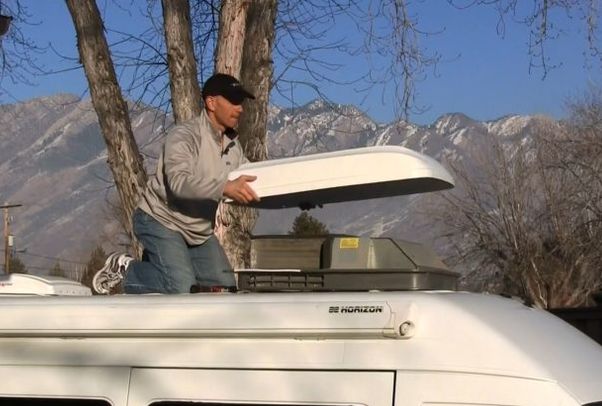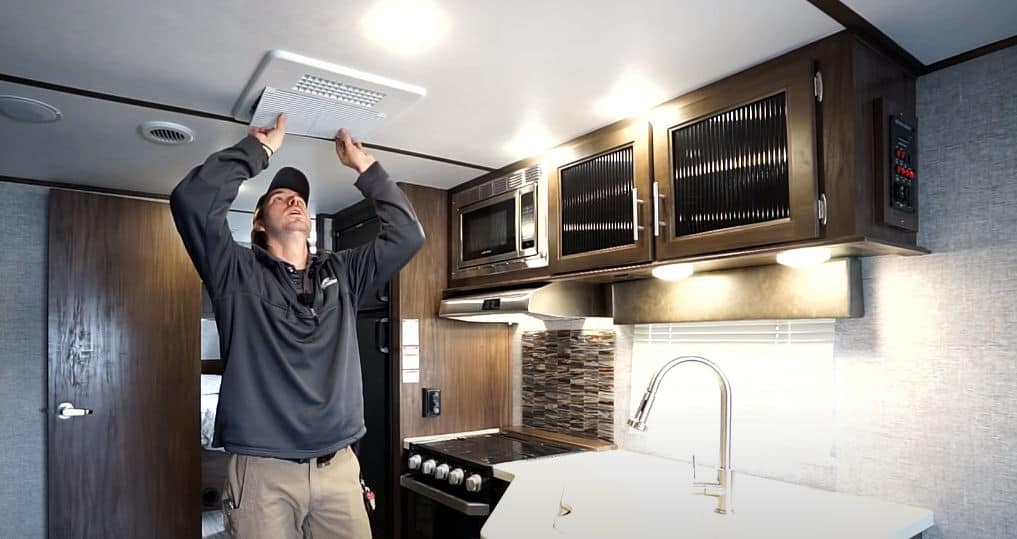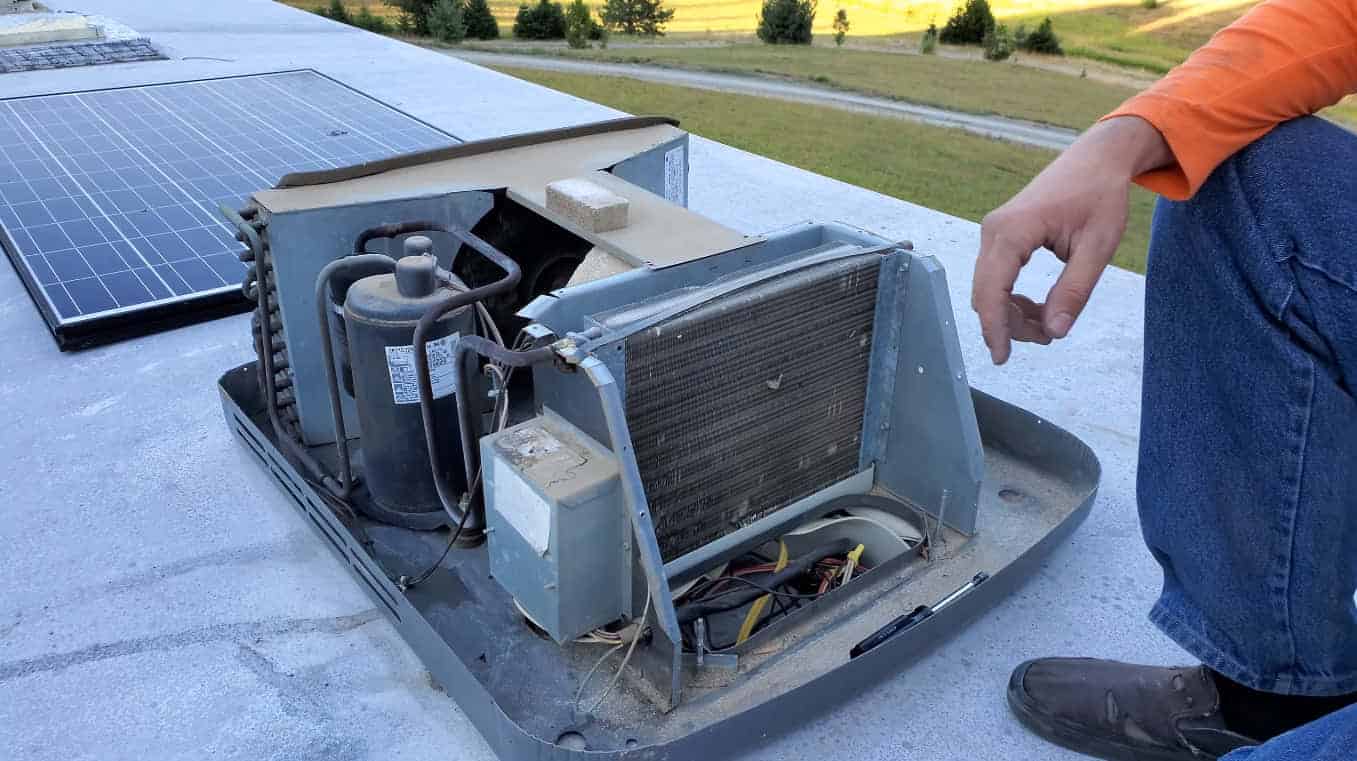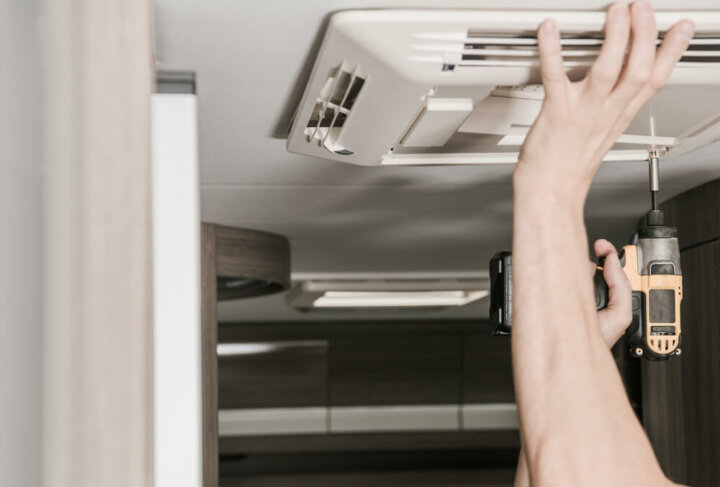Summertime is heaven for travelers. The favorable weather, the greenery, and the long days make it favorable to go out on the roads. At the same time, the beaches, the forests, and the mountains- all come to life. Talk about the morning scenes and sunrises or those peaceful sunsets, and everything seems too perfect not to travel during the hot season.
An add-on to these would be if someone chooses to go out on their own recreational vehicles for the outings. The comfort, the WiFis, and the TVs ensure you don’t miss out on any outdoor or indoor fun. In such a good time, even a single problem can bring a whole different vibe to the environment.
In this blog, we talk about the times when your air conditioner fitted in your traveling caravan decides to back out on you. Middle of the road, not a single soul for as long as eyes can see, no help. But remember the Wifi in your RV? Please turn it on and read this article. Herein, we discuss the common problems your air conditioner might be facing, steps on how to refill the AC, and some other maintenance tips to bring the blog to a fruitful conclusion.
Can You Recharge an RV Air Conditioner?

First things first – Yes, you can recharge your air conditioner on your own. But that doesn’t mean that it’s a road of flowers. There is a wide range of recreational vehicles – each has its own structures. Each has its own manuals, and each has its demands.
If you have dealt with ACs at home and are bracing yourself that this would be a piece of cake for you, then let us tell you. It is not. Recreational Vehicle air conditioners are designed such that they are not meant to be opened and worked upon frequently. Hence, if proper steps are not followed, you might even damage the air conditioner more.
Problems You Might Face with an RV Air Conditioner
Hence, one must be sure that the lack of refrigerant/freons is causing the air conditioner to malfunction. So, let’s look at some other potential problems your air conditioner might be facing instead of directly opening that thing up and again getting back to zero.
The common problems air conditioners face are:
- Dusty air filters
- Freezing up of air conditioner
- Air leaks
- Damages wires or plugs
Dusty Air Filters
As the name suggests, air filters are in place to remove the dust particles from the air pumped out from the air conditioner. Adding to that, it is also responsible for eliminating other harmful contents of the pumped air.
If not cleaned for an extended period, wastes can accumulate on the filters. This accumulation can pose an obstacle to the flow of cold air. In addition, in the long run, they can affect the working efficiency of the air conditioner.
If these unclean air filters are not cleaned, they can even lead to some electrical problems in your recreational vehicle.
If this is the case, you can follow the given steps to bring your air conditioner back aboard:
- Vacuuming: With your vacuum cleaner in a low or medium setting, blow or suck the dust and other dry particles residing on the air filter.
- Solution: Make a solution of lukewarm water with a mild detergent. Submerge the air filters into the solution for some time. Let them dry, and put them back on! One might also use light brushes to remove some particles.
- Disinfectant: Even after these two methods, there are chances of microorganisms still residing on your air filter and posing a danger to your health. Make a solution with an equal amount of vinegar and water. Next, apply this solution on both sides of the air filter. Let the filters dry completely before putting them on.
Freezing Up of Air Conditioner
Anyone in their sound mind would think of “freezing up the air conditioner” as a good sign. Like isn’t that a sign that your air conditioner is working too well? Everything has a limit until it falls in the category of good. If that limit is crossed, things are opposite to what we expect to happen.
Same with the air conditioners. If the air conditioner provides too cold air, then there are chances that particles of water in the atmosphere might get freeze. And due to their accumulation, your air conditioner is not working up to the mark.

The leading causes of freezing, which you can work on in case that’s your problem is:
- Low refrigerant levels
- Dirty air filters
- Humid weather
- A problem in flow dividers
- A dirty condenser or evaporator coils
- Failed thermostats
Air Leaks
The cold air has a long way to clear before it lands up in the main section of your recreational vehicle. In this long path, there can be many holes or ducts. These ducts provide an escape path for the cool air.
Due to this, the air force of the cold air becomes low. This can also be a reason for your air conditioner not working correctly.
Check for the air ducts for any escape points. If you find any, a tape such as HVAC is more than enough to deal with that.
Damaged Wires or Plugs
If still the problem regarding your air conditioner persists, it’s time to look at the wires and other plugs in the circuit.
There are many problems your wiring might be facing—animal chewing and exposure to water during the rains. Sometimes, overuse of appliances might also lead to overheating of the wires. Or in some other cases, normal wear and tear might be responsible.
If this is the case, then you might have to access the wiring system and correct the problems.
How to Recharge RV Air Conditioner

If none of those mentioned above bring back the comfort of your air conditioner, then you probably need to work on recharging your air conditioner. The step-by-step approach how to do this is as follows:
- Choose the refrigerant
- Park and cut off the power supply
- Clean the air conditioner’ air filters
- Clean the air conditioner’s coils
- Recharge the air conditioner
- Test the cooling
Choosing the Refrigerant
There are a number of Recreational vehicles around the globe. Each has its own specifications, each has its own structure, and its own cooling agent demands. Hence, the first step would be to look into the user manual, check the specifications, and get the specified air conditioner refrigerant.
Park and Cut Off the Power Supply
Once you are ready with the refrigerant, find a place with some shade and park your vehicle.
After that, turn off the power supply. You don’t want to be shocked while refilling the air conditioner. Else, you’d end up in a hospital instead of some resort!
Clean the Air Conditioner’s Filters

After that, start off by cleaning the air filters. As mentioned above, dirty air filters can be a call to letting unhealthy air into your recreational vehicle. One can easily clean the air filters using the vacuuming, solution, and disinfection steps, which we have discussed earlier.
Clean the Air Conditioner’s Coils
After the air filters come to the coils, to clean the coils, you will have to remove the cover. Next, unscrew the screws and then go on to clean the coils. Clean coils are necessary for the air conditioner to work efficiently.
Check the Freon Levels
Once all the dust and other unnecessary waste are removed, now it is time to check the refrigerant levels in the air conditioners. For this, you might need a line tap.
Depending on the recreational vehicle model, different models might require an additional flow of action to check the refrigerant levels.
Recharge the Air Conditioner

Finally, comes the part you have been waiting for a long. Once the cover is removed, one must look out for Freon lines. New to this? Well, freon lines are the copper lines running from the air conditioner unit to the compressor.
After identifying the freon lines,
Next up, you need to find the low-pressure freon line. The low-pressure Freon line is the one that is not connected to the compressor.
Once located, inject some Freon into the line. To complete this task, you might need a Freon Canister and Freon charging hose.
Once done, put the cover back in place. Screw the unscrewed screws.
Test the Cooling
Finally comes the most fun part. Grab a drink, and pick up the new show on Netflix. Get in the mood and turn on the air conditioner. Give it some time to come back to standard cooling.
If the desired cooling is not achieved, check the Freon levels in the air conditioner. If it is low, you will have to add more Freons into the low-pressure Freon line.
Don’t want to spoil your trip the next time you go out? We got some maintenance tips for the traveling caravan’s air conditioner. They are:
- Clean the air filters regularly
- Clean the air conditioner unit regularly
- Schedule a checkup with a technician regarding the air conditioner after some months.
In this digital world, air conditioners are on their way to becoming one of the necessities. And for the audience that interacts with recreational vehicles, air conditioners are already a must-have. Unfortunately, in such conditions, malfunctioning air conditioners can have a negative impact on travelers. And god forbid, if it’s summer you are traveling in, things might get wrong on so many levels.
Nevertheless, here is the complete guide you might need in those emergency conditions. Even after following these steps, it’s suggested to visit the technician after the trip or as soon as possible for a permanent, long-term solution.

